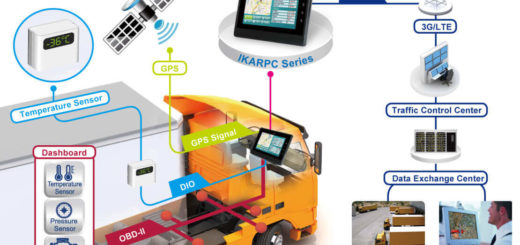How To Design a Great Event Poster
Posters can be a humorous way to convey a message. With the advent of various photo and editing software, you can do some interesting things on it with lots of designs and styles to choose from.
According to Greg S. , Design and Marketing manager at Rayacom ; designing poster starts with a common canvas. Common poster sizes are usually the size of an A4 paper, whereas large poster sizes are commonly 24in x 36in. Despite it can be done vertically or horizontally, vertical orientation is the most common.
- Make it Readable
Posters are designed generally to create awareness about an event. Details should be easy to read even from farther distance to attract people to the poster, encouraging them to read the texts.
Texts in posters have three distinct layers:
- Headline, which is the main element, and should be the largest text design. You should choose a readable yet eye-catching font;
- Details, or the what, when and where of the event. Here, concise information about the event should be done. Meanwhile in sizing, you can either reduce the text size or increase the size and use another method for contrast, and;
- Print, or other things that should be included in the event poster. This should be the smallest and must be keep it out the way
- Consider the Contrasts
Having high contrast between elements can help the poster be captivating. Consider bold styles with color and type. Doing posters is a great opportunity to consider an intense or catchy typeface or color palette. Do not hesitate to experiment with it. You must also consider color backgrounds. You can use high color backgrounds with full bleed to make your poster stand out from all the rest.
- Consider Size and Location
The size of the poster, visual clutters around it and the people who will see it are just some things that need to think about when you consider where you should the poster.
Identifying where to put the poster is an external factor that needs to ponder on as well. Knowing the poster’s location can help you decide how to create it.
- Make a Smaller Version
Create mini versions of your poster that can be placed in other areas as well. Having numerous versions of the poster versions can help you reach for the places where posters are not applicable, and also for stronger marketing strategy as well. You can start by scaling down an image that can be posted on social media, website and email, and postcards to hand out to passers-by.
- Make One Big Illustration
Your event poster must have a dominant image, may it be a photo, illustration or text. This illustration must also be readable from a distance. You can choose close-up cropped faces or elements, single illustrations, a common scene with a strong focal point-the ideas are so endless! After determining the image, layering the elements must be done with carefulness. Texts and images must have adequate contrast so that they can still be readable independently.
- Use Spaces
Using exaggerated spacing on the elements is okay when it comes to posters. These extra spaces will intensely intensify the visual impact and readability. You can do it between individual letters, between text lines, around the margins inside the canvas, between elements with different types and even around the most important element in the poster.
- Create a Call to Action
A call to action is very vital, especially if your event is an invitation to someone to see, hear, touch or do something. And when you do, give it a enough prominence in the poster.
In posters, the call to action is often the event detail or the contact point. Once you identify what users ar can do when they see the poster, then you can create the call to action.
- Make Emphasis with Typography
Poster design can be an avenue where you can explore and play beautiful typography. Some of the best posters are made with only types and colors, even with no images or photographs. Do experiments with bolder, wider, bigger font styles and sizes that you might feel comfortable with otherwise.
With these style options, you can establish a particular tone for the project. Use types that carry an proper mood for the event.
- Consider using a Cool Printing Method
A cool printing technique can be used depending on the site and audience for the poster. This can also be a perfect opportunity to try methods like letterpress, screenprinting, foiling or UV layer usage. Many of these techniques are often earmarked for higher-end projects, or occasions with a certain level of popularity. When it comes to printing techniques, considerations on the would-be expenses is very essential. Some printing processes can be expensive, so make sure you have enough budget before you start considering this.
- Enjoy and Have Fun
Poster design is a place where designers can find enjoyment. Despite of the various things to think about and consider, this is an opportunity to become free- break the rules and be a little crazy with design. You can try something that you’ve always looking forward to do or take the chance to learn more methods or skill. Expand your imagination in creating something new and fresh. After all, a poster’s goal is to grab attention.
![How to solve [pii_email_a080349f0bcab19e039e] error](https://www.mmhtg.com/wp-content/uploads/2021/09/How-to-solve-pii_email_a080349f0bcab19e039e-error-520x245.png)



